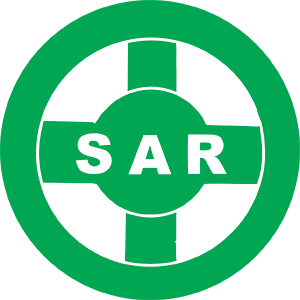Risk Assessment, Rescue and Entry Procedures


Risk Assessment
Gathering correct information is essential when doing a risk assessment prior to boarding a vessel, and continuously when the team is onboard. A risk assessment that isn’t fully completed can increase the risk, as it can give the boarding crew a false picture and a false feeling of comfort.
Information about the situation onboard and about the cargo is always best to get directly from the vessel. However, there could be situations where the crew, for different reasons, isn’t able to give you any information. In that case, there are some different options to gather information. The first option would be to contact the shipping company’s DPA (designated person ashore). The DPA might not have the correct information available immediately; however, he/she will most likely know where to find the correct information.
Another way that has been used in the history is to gather information from the vessels AIS. This is quite convenient way to gather information; however, it should be used with caution as there are no guarantees that it is correct or complete.
Distressed vessel
The situation onboard distressed vessel will most likely not be calm and quiet. It is important to remember that both passengers and crew can be panicking. Gathering information on the situation onboard and available recourses is very important. Even if a vessel has a large amount of crewmembers, it is not certain that all of them are available.
OSC
The OSC is usually appointed by the rescue leader. The role of the OSC is to lead/coordinate the operation on scene. It is also recommended that the rescue coordination center ashore has the competence of an OSC/emergency responder when working in a chemically polluted environment.
Rescue Procedures
Rescue does not necessarily mean that the crew and passengers need to disembark the vessel. Depending on sea state, wind and the location of the hot zone, staying onboard might be the safest thing to consider. It is also important to remember that the crew will be shorthanded, and that they most likely will have many different things to attend to. The main objective for a rescue team is to support, and could consist of:
- Support the communication between DV and RCC

Picture: Estonian Police and Border Guard Board - Risk assessment onboard, supporting the master of the vessel for decision making
- Preventive response measures and detection
- Minimizing the influence of the HNS, e.g.
- Restricting or stopping the leakage
- Neutralizing the substance
- Emergency medical service
- Medical evacuation
- Emergency decontamination procedures
- Preparations of the ship abandoning/MRO.
Entry Procedure
By boat
There are many different ways to board a vessel once a risk assessment is done and a hot/cold zone has been established. The safest way to board a vessel will most likely be through an opening or ladder that is designed for boarding, such as pilot door, pilot ladder etc. However, it is very important to take the DV`s crews participation when planning a boarding. It might be so that the crew won’t be able to assist by rigging boarding arrangements.
By Helicopter
Boarding by helicopter will most likely be the case when transporting a MIRG-team onboard a vessel that is far from land.
